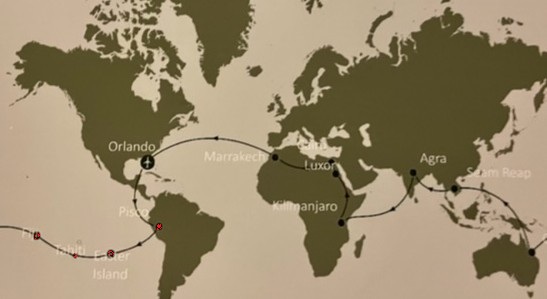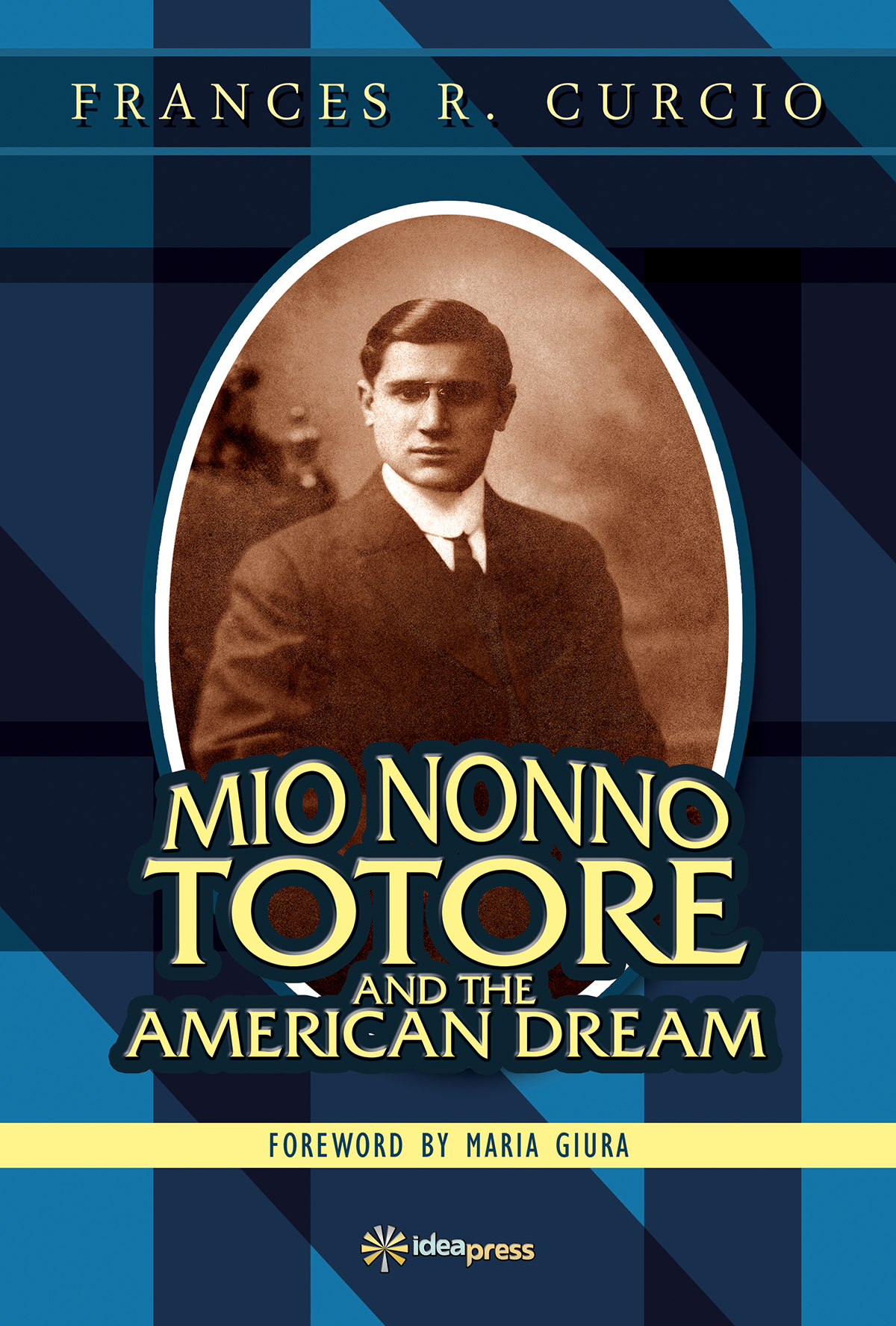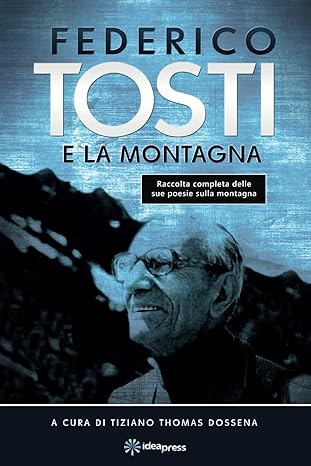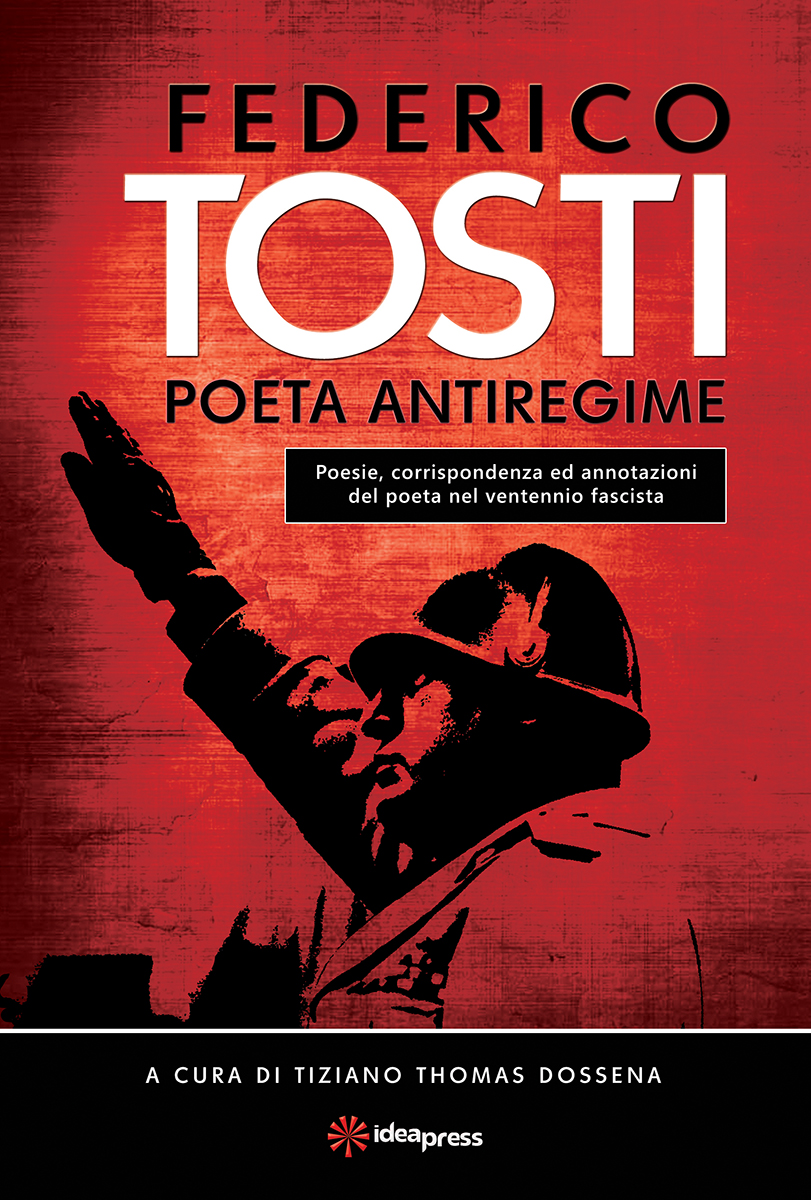By Frances R. Curcio
Part 1, The First 3 Stops
When I was in the third grade, more than sixty-five years ago, I read Jules Verne’s 1873 epic novel, Around the World in 80 Days. I became very curious about our world, and I started dreaming about traveling to distant places in a hot air balloon. Throughout the years, I have become familiar with and interested in how Verne’s story found its way into films, television programs, and games. Recently I was surprised to learn about New York journalist Nellie Bly, who in 1889 was inspired by the fictional account of Verne’s character Phileas Fogg. She actually traveled around the world in 72 days! To realize my childhood dream, I joined a Smithsonian Journeys-TCS World Travel tour, and boarded a modern vehicle, a private jet, to travel around the world. Although just as exciting and just as intense, my amazing adventure took only a small fractional part of Nellie’s journey—22 days!
Over the course of my three-week escapade, I traveled more than 28,000 nautical miles and visited cities and key sites in nine countries: Peru, Chile, Fiji, Australia, Cambodia, India, Tanzania, Egypt, and Morocco.
Eight of the nine sites I visited have been recognized as cultural, historical, and/or architectural treasures of outstanding universal value by UNESCO. In this article, and two more to follow, I will share some selected trip highlights and my impressions. The first two amazing visits were to UNESCO World Heritage sites: Machu Picchu, Peru, and Rapa Nui, Chile. Our third, a short visit, was to Fiji.
Machu Picchu, Peru
Declared a UNESCO World Heritage Site in 1983, Machu Picchu was recognized as one of the Seven New Wonders of the World in 2007. To reach Machu Picchu, I traveled to Cusco at an altitude of 11,152 feet above sea level. Arriving from Staten Island, New York, where the maximum altitude is 401 feet, prior to landing, to avoid symptoms of soroche (i.e., the body’s natural reaction to a dramatic change in altitude), I had to take altitude medication to acclimatize and ease the transition.
Since my fellow travelers and I arrived on December 31st, we enthusiastically participated in the exciting Peruvian New Year’s Eve cultural revelry. Needless to say, it was a most memorable start to 2025 and to our around-the-world journey!
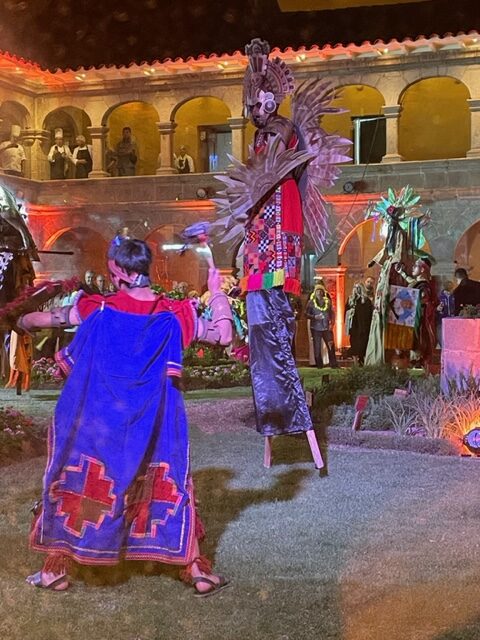
On New Year’s Day, my acclimated fellow travelers and I were led by our outstanding knowledgeable local guide, Alfredo Fisher, to the site of the “lost” Inca civilization. We took a train and then a bus to reach the site located 7,972 feet above sea level, between the Andes Mountains and the Amazon rainforest basin. The original inhabitants believed that the high location placed them close to heaven. From various vantage points, the views are so breathtaking that I, too, felt close to heaven. While we were at the site, the expected unpredictable weather of intermittent rain, sunshine, and clouds, all within minutes, did not put a damper on the excitement of visiting this historical landmark. The setting, its beauty, and its ambiance reveal its sacred character.
The Incas established Machu Picchu in the fifteenth century CE (1450). Meaning “Old Peak” in the indigenous Quechua language, for about one hundred years it was a thriving agricultural and spiritual environment until the Spanish conquest. Based on an examination of the artifacts that excavators and archaeologists unearthed, the Incas were an advanced civilization.
To maximize the use of the mountainous land, they created benched terraces within the contours of the slopes so they could grow crops and cultivate medicinal and wild plants. Furthermore, an analysis of some of the structures that the Incas created reveals their sophisticated understanding of astronomy. They were also remarkably advanced in hydraulic engineering and accessing and using water. They developed dams, canals, aqueducts, wells, and artificial lagoons. To provide stability, especially during earthquakes, they created walls and passageways with a little inclination (see the frame of the walls in Photo 2).
It wasn’t until American explorer Hiram Bingham discovered the remains of Machu Picchu in 1911 that interest in its restoration developed. Alfredo recommended Saydi Romero’s fascinating book Presenting Peru & Machupicchu, which provides insight into Peruvian and Incan history and culture.
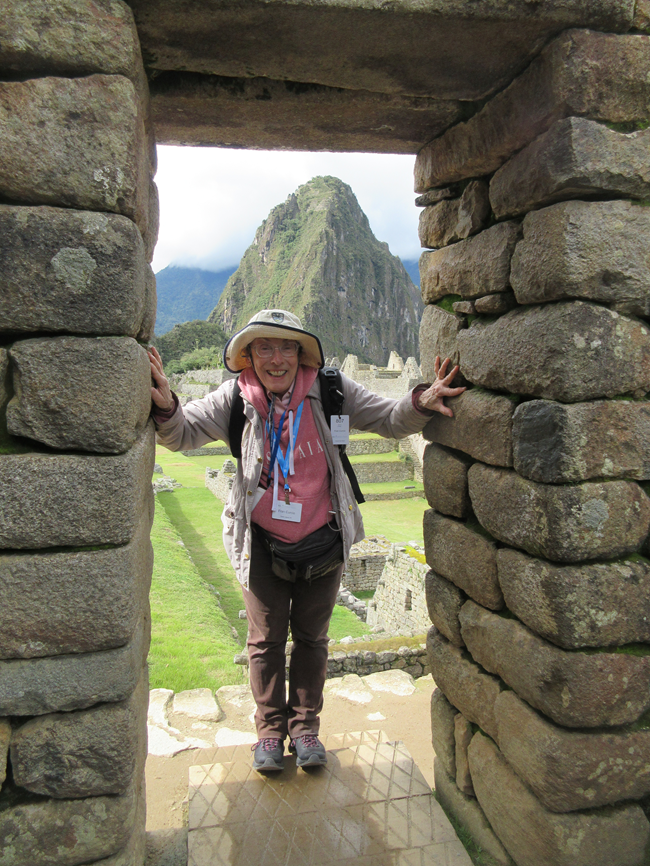
Rapa Nui, Chile
Our second destination, Rapa Nui, also known as Easter Island, has been a UNESCO World Heritage Site since 1995. Located in the Pacific Ocean, about 2,300 miles off the west coast of Chile, it was originally inhabited by Polynesians. Their arrival has been estimated by linguists (c. 400 CE) and archaeologists (c. 700-800 CE). The various tribes developed and left behind approximately 1000 massive, mysterious, monolithic “Moai” statues, constructed out of tuff (i.e., light porous rock consisting of consolidated volcanic ash). They were believed to have magical powers given to them by the gods. Their haunting, expressionless, elongated faces stare inward into the distance seemingly casting a spiritual aura.
Our guide explained that there are conjectures as to why the moai were constructed and how they were transported from the quarry where they were carved to their locations not far from the shoreline. Facing inward toward the land, it is believed that they were created to memorialize deceased tribal leaders and to serve as spiritual protectors of their respective peoples. The largest statue was 32 feet tall, weighed approximately 82 tons, and was created out of a single block of tuff. It is believed that after the statues were carved on their backs, they were set upright and moved up to eleven miles. A recent conjecture by archaeologists describes the use of ropes to rock the statue to its intended destination. Some moai can be found on a platform known as an ahu, which served as a burial chamber for tribal leaders.
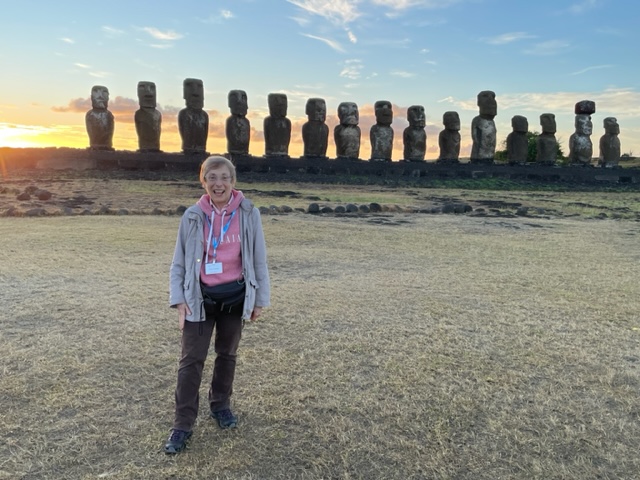
On Easter Sunday, April 5, 1722, while searching in the South Pacific for Davis Land, a “phantom” island, Dutch explorer Jacob Roggeveen discovered and named “Easter Island.” His ship logs documented what was encountered—interactions with the natives and the strange statues. Years following Roggeveen’s discovery, the Island suffered from tribal wars resulting in destruction and toppled statues, population decline, and depletion of natural resources.
As I described in my Staten Island Advance article posted on 3 August 2023 (see Curcio 2023) in addition to viewing and learning about the moai, I was interested in visiting the Toki Rapa Nui School of Music and Arts, and I was fortunate to have the opportunity to meet acclaimed classical pianist and co-founder of the School, Mahani Teave. When planning my second visit to Easter Island, my request to visit the school again was fulfilled. This time, a group of my travel companions and I were greeted by Mahani and treated to a special concert by the students and their teachers. Some of the young performers were accompanied on the piano by Mahani. In addition to performing traditional Rapa Nui ancestral hymns, a key to preserving their culture and heritage, we experienced a fusion of traditional and classical music. Several students played classical music, including Camille Saint Saens’ The Swan, and Fritz Kreisler‘s Liebesleid. The student performers were poised, confident, and personable, as they exuded joy in their performances.
Since the construction of the Toki School more than ten years ago, with the support of grants and foundations, some children on Rapa Nui have free access to music, art, and dance instruction, and others pay a nominal fee. The word “toki” refers to the tool that was used to carve and shape the magnificent moai statues. The “Toki” school is the tool that offers children the means to shape and develop their talents while cultivating an appreciation of the arts. Readers who wish to learn more about the school, and support and contribute to the fine arts on Easter Island can visit https://www.tokirapanui.org/
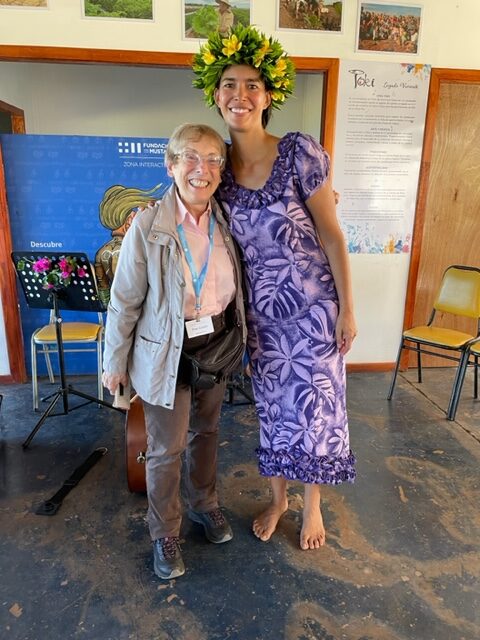
Nadi, Fiji
Our brief third stop served as further cultural enrichment, while our jet was refueled to prepare for our journey to Cairns, Australia. Located on the western side of the main island, Viti Levu, Nadi serves as the gateway to Fiji. The indigenous Bula Tela dancers, inhabitants of a neighboring village, celebrated our arrival with a warm welcome consisting of traditional food, and festive Fijian Meke entertainment, including an exciting fire dance on the beach.
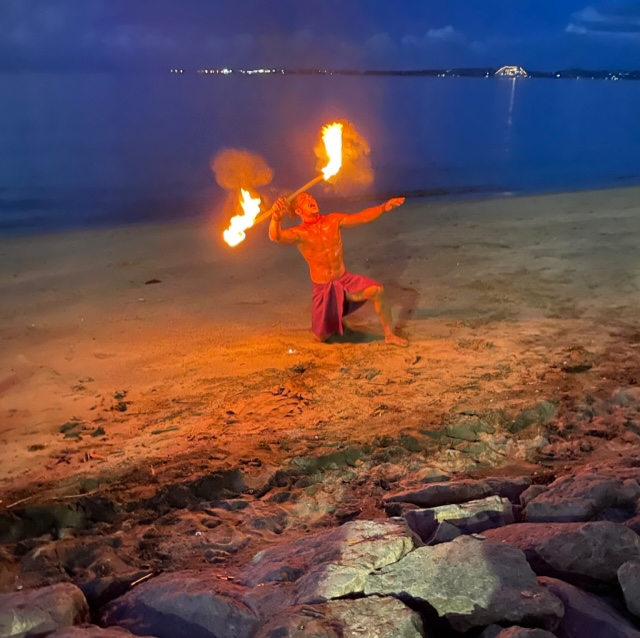
Impressions
Visiting historical landmarks contributes to opening doors to the past. Our excellent guides were passionate as they shared their stories and insights. Observing artifacts from early civilizations provides evidence of the amazing accomplishments that were achieved with primitive tools that lacked the advantage of current advanced technology. Encounters with our global counterparts opened a new world of understanding by experiencing, sharing, comparing and discussing unique and ubiquitous sights, sounds, smells, and flavors. This first segment of my exciting journey was a thrilling start to fulfilling my childhood dream.
Part 2 will describe experiences at the Great Barrier Reef, Australia; Angkor Wat, Siem Reap, Cambodia; and the Taj Mahal, Agra, India.
Recommended Reading
Bly, Nellie. (2014/1890). Around the World in Seventy-two Days and Other Writings. New York: Penguin.
Curcio, Frances R. (2023, August 3). “’Music, Moai, and Me on Easter Island.’ A Staten Islander’s Journey.” Staten Island Advance.
Curcio, Frances R. (4 February 2025). “Around the World in 22 Days: A Staten Islander Shares Her Experiences.” Staten Island Advance. https://www.silive.com/entertainment/2025/02/around-the-world-in-22-days-a-staten-islander-shares-her-experiences.html
Grant-Peterkin, James. (2018). A Companion Guide to Easter Island (4th ed.). Glasgow: Bell and Bain Ltd.
Heyerdahl, Thor. (1989). Easter Island: The Mystery Solved. New York: Random House.
Kristof, Nicholas. (17 March 2018). A Parable of Self-destruction. The New York Times.
https://www.nytimes.com/2018/03/17/opinion/sunday/easter-island-climate-change.html
Romero, Saydi Maria Negrón. (2016). Presenting Peru & Machupicchu (4th ed.). Lima, Peru: Tarea Asociación Gráfica Educativa.
Verne, Jules. (2018/1873). Around the World in Eighty Days, trans. by Geo. M. Towle. Orinda, CA: SeaWolf Press.


